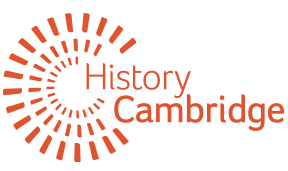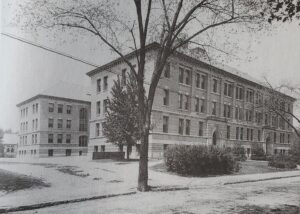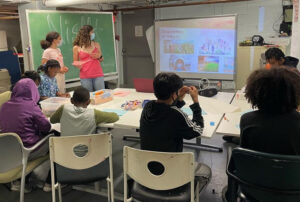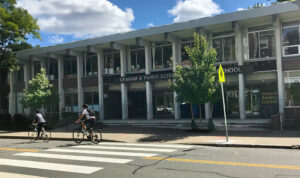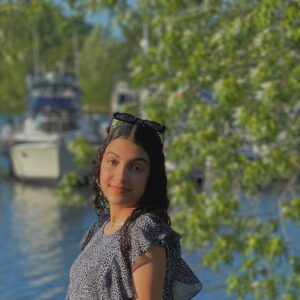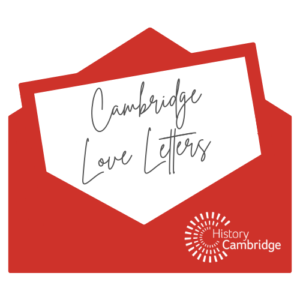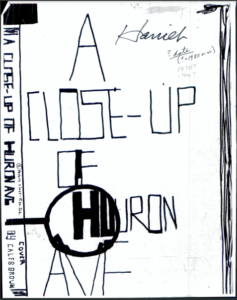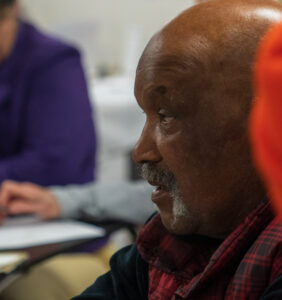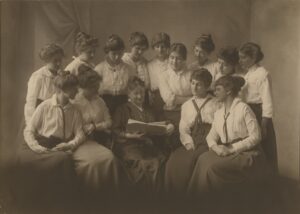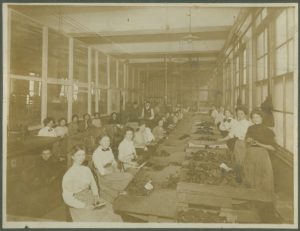Posts Tagged ‘schools’
High school foundations date back to 1800s; Parents’ moral panics go back almost as far
This article tackles the history behind Cambridge high schools and how the Cambridge Rindge and Latin School came to be where it is today.
Read MoreYouth-led social justice movements lead the way in Cambridge around issues of race and climate
The goal for my History Cambridge fellowship, starting in February, was to connect the history of the city with issues affecting its teenage and young-adult residents, raising awareness and promoting action. As my fellowship comes to a close, I’ve learned a lot from teens around Cambridge that has changed my perspective and added to my understanding of various topics and experiences.
Read MoreWhat is in a name? The origins of Cambridge Public Elementary Schools’ Nomenclature
The Cambridge Public Schools website lists four early childhood education programs, twelve elementary schools, five upper schools, and three high schools. Each of these schools has its own rich history of how it came to be what and where it is today. Below, we will explore the origins of the names of Cambridge’s twelve elementary schools.
Read MoreTeens will spotlight neighborhood features thorough a project by CRLS’ Jennat Jounaidi
My name is Jennat Jounaidi, a 10th-grader at Cambridge Rindge and Latin School who has lived in Cambridge all my life, and I am elated to be this year’s History Cambridge fellow. My interests include history and politics (and, in my free time, cooking and baking), and the goal for this semester is to help connect the history of Cambridge with issues affecting the city’s teenage and young adult residents.
Read MoreCambridge Love Letters
In June 2021, History Cambridge held and event called “Cambridge Love Letters” at Starlight Square. We asked members of the larger Cambridge community to send us their love letters to the city. These are some of the submissions. Dear Cambridge, When I first arrived in your port twenty-one years ago, I had no idea how…
Read MoreA Close-up of Huron Avenue
We always say, Everyone is a history ambassador. “A Close-up of Huron Avenue” shows just how true that is, no matter how old—or young—you are. Around 1980, Fayerweather Street School students, ages eight to eleven, conducted a five-month study of their neighborhood. At that time, the school was located at 74R Fayerweather Street (it moved…
Read MoreGeorge Greenidge Sr.
George R. Greenidge, Sr. was born in Boston and grew up in the Port going to the Margaret Fuller House. He was a physical education teacher and coach at Rindge Tech and Cambridge Rindge and Latin for thirty-eight years. He currently resides in Boston and has gained local fame as Doctor Pepper, a popular Fenway…
Read MoreWho Is Essential Cambridge? Part 2: Teachers
In the first part of our series, “Who Is Essential Cambridge?,” we examined the role of Cambridge women in the industrial sector during and between the World Wars. Women played an important role in industrial production in the years before the outbreak of World War I—a role that continued and intensified over the coming decades.…
Read MoreMemories of Nineteenth-Century Cambridge
By Lois Lilley Howe Read January 22, 1952 This article originally appeared in the Cambridge Historical Society Proceedings, Volume 34, pages 59-76 ONE of my earliest recollections — I cannot date it — is that I asked some older member of my family if it was probable that I should be alive when 1900, the new century,…
Read More“The Absolute Majority of the Population”: Women in Twentieth-Century Cambridge
This article was originally published as a chapter in Cambridge in the Twentieth Century, edited by Daphne Abeel, Cambridge Historical Society, 2007. Inspired by Cambridge Historical Society’s 2020 theme—Who are Cambridge Women?—the author, Eva Moseley, has reviewed the manuscript and made a few updates which are noted in the text that follows. “The Absolute Majority…
Read More